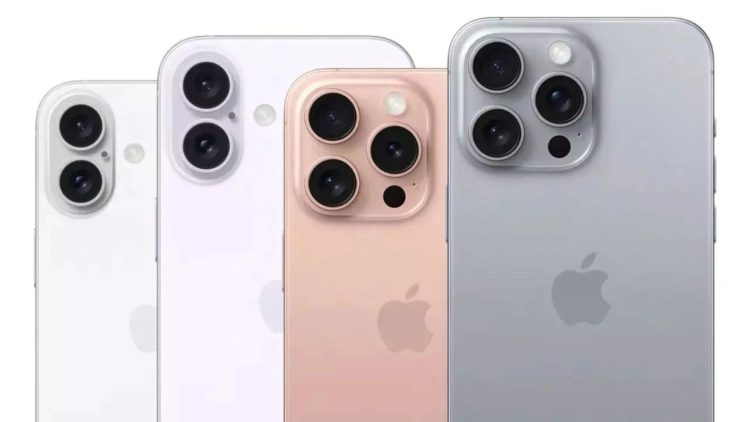Apple’s iPhone 16 Pro and Pro Max models are not selling well. Despite the big launch, demand for these top models is much lower than Apple expected. The new lineup, which includes Apple Intelligence, didn’t sell as well as expected. Reports show sales dropped compared to last year.
Analyst Ming Chi-Kuo says initial sales of the Pro models were disappointing. Apple usually sells millions of iPhones a year, but sales of the iPhone 16 Pro and Pro Max failed to match last year’s levels. Apple’s stock fell after the event because the Pro updates were seen as less impressive than expected.
Initial indications are that the iPhone 16 series delivery times after pre-orders are shorter than for the iPhone 15 Pro Max & Vision Pro. A more accurate picture will emerge twenty-four hours after pre-orders begin.
Twenty-four hours after pre-orders began for the Vision Pro,…
— 郭明錤 (Ming-Chi Kuo) (@mingchikuo) September 13, 2024
What about iPhone 16 series sales?
While the Pro models lag behind, the iPhone 16 and iPhone 16 Plus have defied the trend. The iPhone 16 Plus, in particular, has seen an impressive 48% rise in pre-orders compared to last year’s model. Buyers seem to be gravitating towards the more affordable options, especially with Apple Intelligence and other features now available in the standard models.
Kuo’s research highlights this shift in consumer behavior. Many users appear to prefer the standard and Plus versions over the pricier Pro models. This has resulted in the overall iPhone 16 series selling 12.7% fewer units in its first week compared to last year’s iPhone 15 series. However, the demand for non-Pro models has increased, suggesting a potential change in the market’s priorities.
Breaking down the numbers
The detailed breakdown of iPhone 16 pre-orders paints a clearer picture:
- iPhone 16 Pro Max sales are down 16% compared to last year.
- iPhone 16 Pro orders have dropped 27%.
- On the other hand, the iPhone 16 Plus has seen a 48% jump in pre-orders.
- Even the standard iPhone 16 has experienced a 10% increase in demand.
Apple’s decision to offer advanced features on all iPhone models has influenced users to move away from the Pro series to more affordable options. Another reason for this shift is competition from Android devices, which have long offered features that Apple users are just starting to see.
Apple iOS vs Honor MagicOS, Who Did It Better?
byu/vsshal7 inGadgetsIndia
Android has been getting acquainted with the new AI coming to iPhones for more than a year or two for some models. Many Android phones also support dual SIM and eSIM functionality, while iPhone users have to opt for eSIM only, which may not appeal to all customers. If you want to customize Android devices, you can change almost anything you can think of. Apple’s introduction of the home screens and theme change that came to iPhones with iOS 18 as an innovation was mocked on Reddit. This high level of customization has been attractive to many tech-savvy consumers.
The Android platform is quick to innovate in areas like camera technology. High-end Android models have advanced features like periscope zoom lenses and more megapixels than Apple’s Pro models. Android is open, so there are lots of apps and custom functions, but some of them aren’t as good as they could be.
Android is the most popular smartphone OS, with about 70%. Apple is second at around 28%. Android is more popular in poorer countries because it is cheaper and there are more types of phones.
The competition between Android and iPhone affects consumer preferences. Apple may struggle to regain ground in markets where Android is seen as more affordable and feature-rich. This may explain why iPhone 16 Pro models have struggled to meet sales expectations.
Featured image credit: Apple





